
Fuel costs tend to rise quietly until they hit hard at the end of the month. Small mistakes—like poor driving habits or unexpected card fees—can snowball quickly. This list brings together 15 realistic ways to cut back on fuel expenses. Some tips offer quick fixes, others take consistent effort. Scroll through to find out what really works.
Use Debit Cards Or No-Fee Credit Cards

Gas stations usually add surcharges to credit card payments, but you can bypass them by paying with a debit card. Alternatively, cashback credit cards, such as the Costco Anywhere Visa and Shell Fuel Rewards, help you recover some of your fuel costs.
Avoid Filling Up At Peak Hours To Minimize Costs
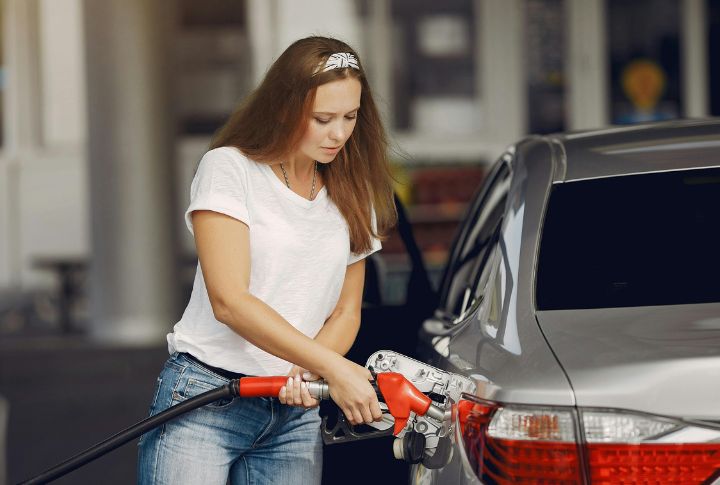
Gas prices climb 5 to 10 cents per gallon on busy days like Fridays and weekends, with bigger seasonal jumps in late spring and summer. Factors including supply chain issues, refinery slowdowns and oil markets also push prices higher. Filling up early in the week helps you save.
Use Loyalty Programs That Reduce Credit Card Costs

Programs like Speedway Rewards or Kroger Fuel Points let you earn discounts for future fill-ups. You gain points with each purchase and redeem them for up to 20 cents off per gallon. It’s a smart way to stretch your fuel budget further.
Fill Up At Membership-Based Gas Stations To Avoid Fees
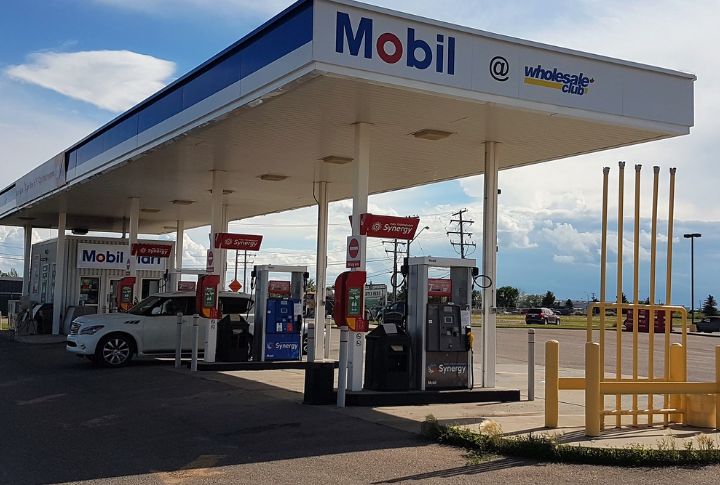
Warehouse clubs sell gas for 5 to 25 cents less per gallon than regular stations. These locations usually skip extra credit card fees. If you fill your tank a few times a week, the savings can cover the membership cost pretty quickly.
Compare Cash Vs. Card Prices Before Paying
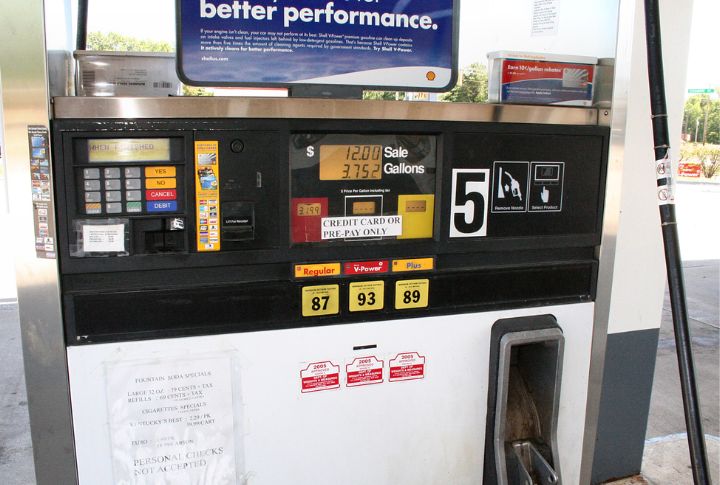
Gas stations often add 20 to 50 cents per gallon for credit card payments, but prices vary widely. Apps like GasBuddy and Waze show real-time rates, making it easier to spot cheaper stations nearby. In many cases, paying with cash locks in the lowest price.
Read The Fine Print On Pump Displays Before Swiping
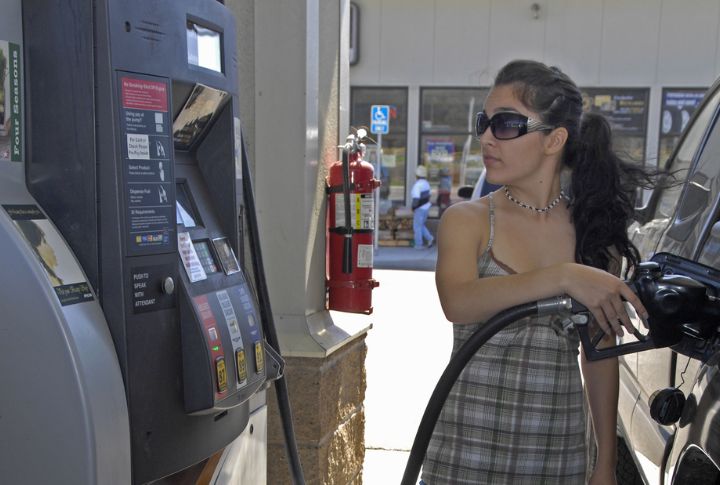
Many stations adjust prices throughout the day using dynamic pricing. Credit card fees may hide in fine print or appear only after the transaction starts. Since cash and card prices differ, checking pump displays closely before paying helps you catch hidden fees and avoid extra charges.
Know Your State’s Rules On Card Fees
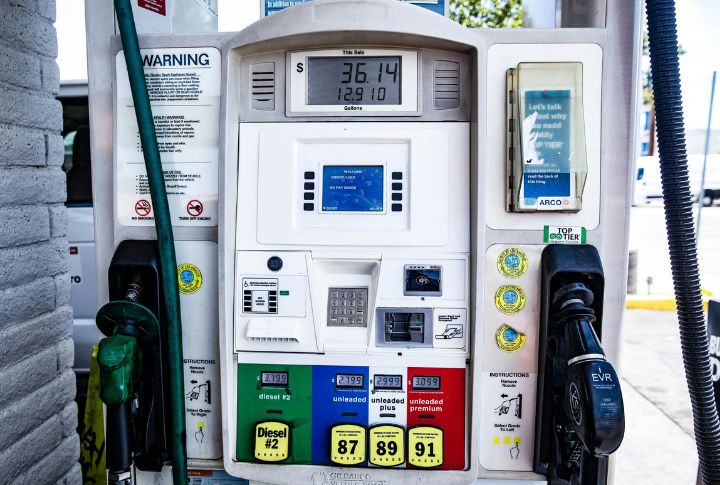
Eleven states ban or regulate credit card surcharges at gas stations, including California and New York. Most others allow them if clearly disclosed at the pump or on signage. Understanding your state’s rules helps you choose compliant stations and avoid unfair or unexpected credit card fees.
Use Cruise Control On Highways To Maintain Efficiency

Frequent speed changes can burn more fuel than you think. Cruise control helps keep your speed steady on highways, avoiding unnecessary acceleration and braking. This smooth driving pattern reduces fuel consumption and helps maintain consistent mileage over time.
Plan Multi-Stop Trips In One Round

Cold engines burn more fuel. Instead of making several short trips with cooldowns in between, combine errands into a single outing. This way, your car stays warm, runs more efficiently and saves gas. Plus, smarter routing means fewer miles and less time on the road.
Enroll In Prepaid Fuel Programs

If fuel prices keep throwing off our monthly budget, prepaid fuel programs might be the fix we need. Some providers offer credits at a set price, which helps avoid sudden spikes at the pump. Fleetcor says this move can save up to 15%, especially when paired with volume perks or no-surcharge networks.
Maintain Proper Tire Pressure To Improve Fuel Efficiency
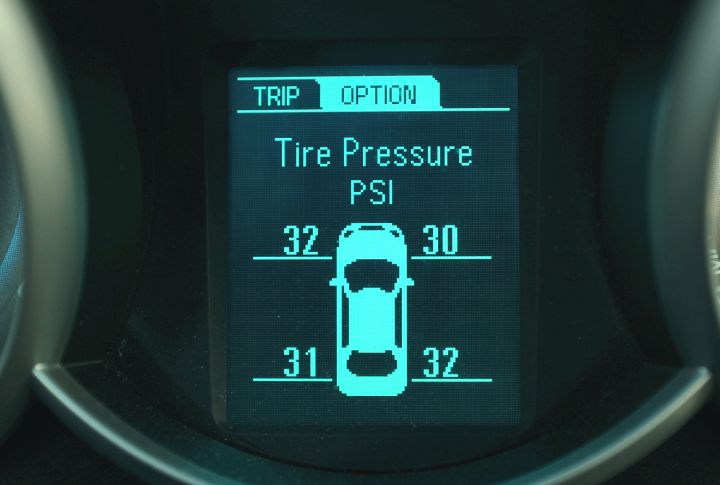
When tires lose pressure, your car burns more gas to maintain speed. The U.S. Department of Energy also confirms that this can cut fuel economy by 3%. A simple pressure check improves mileage and trims expenses, keeping your fuel costs lower without stressing over which card or payment method to use.
Align Your Tires Regularly

Misaligned wheels cause your engine to push harder just to maintain straight movement. This increases fuel usage over time. Regular tire alignment not only improves fuel economy but also prevents uneven wear and tear, helping your tires last longer and drive smoother.
Avoid Roof-Top Cargo Boxes
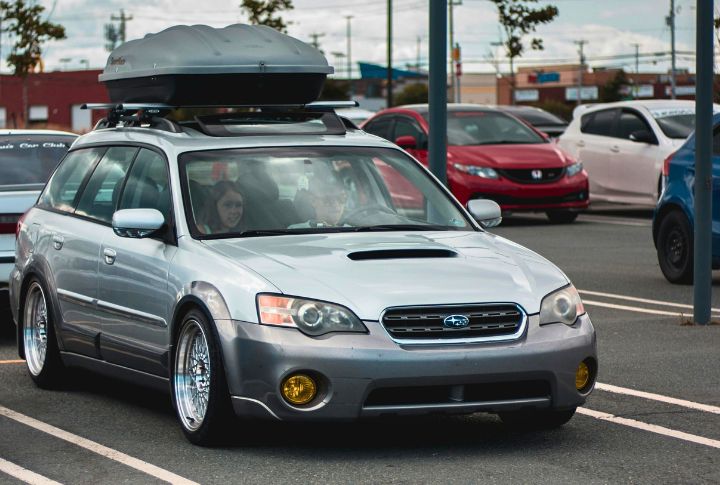
We often forget how our vehicle’s design can sneakily raise our fuel costs. Roof-top cargo boxes, especially large and blunt ones, can cut fuel efficiency by up to 25% when driving at interstate speeds around 65 to 75 mph. This is a smart tip for road-tripping families and long-distance travelers using SUVs or crossovers.
Limit Excessive Idling To Cut Fuel Waste

Here’s a low-effort way to reduce fuel payments without changing routes or vehicles. As per the U.S. Department of Energy, leaving your engine running for more than 10 seconds uses more fuel than restarting it, and turning off your car during extended stops can save about half a gallon of fuel per hour.
Avoid Premium Fuel Unless Required By Your Vehicle
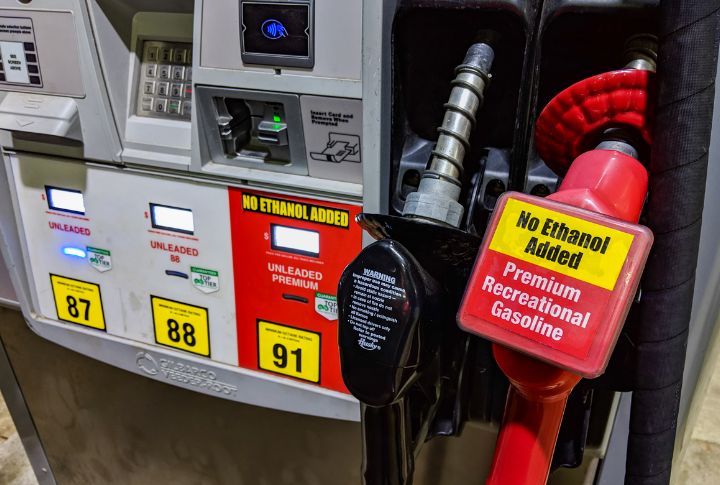
Premium fuel typically has a higher octane rating (91–99), which helps prevent engine knocking in high-compression or turbocharged engines. However, for most standard vehicles designed to run on regular fuel (87–91 octane), using premium offers no performance or mileage benefit—just a higher price tag.
